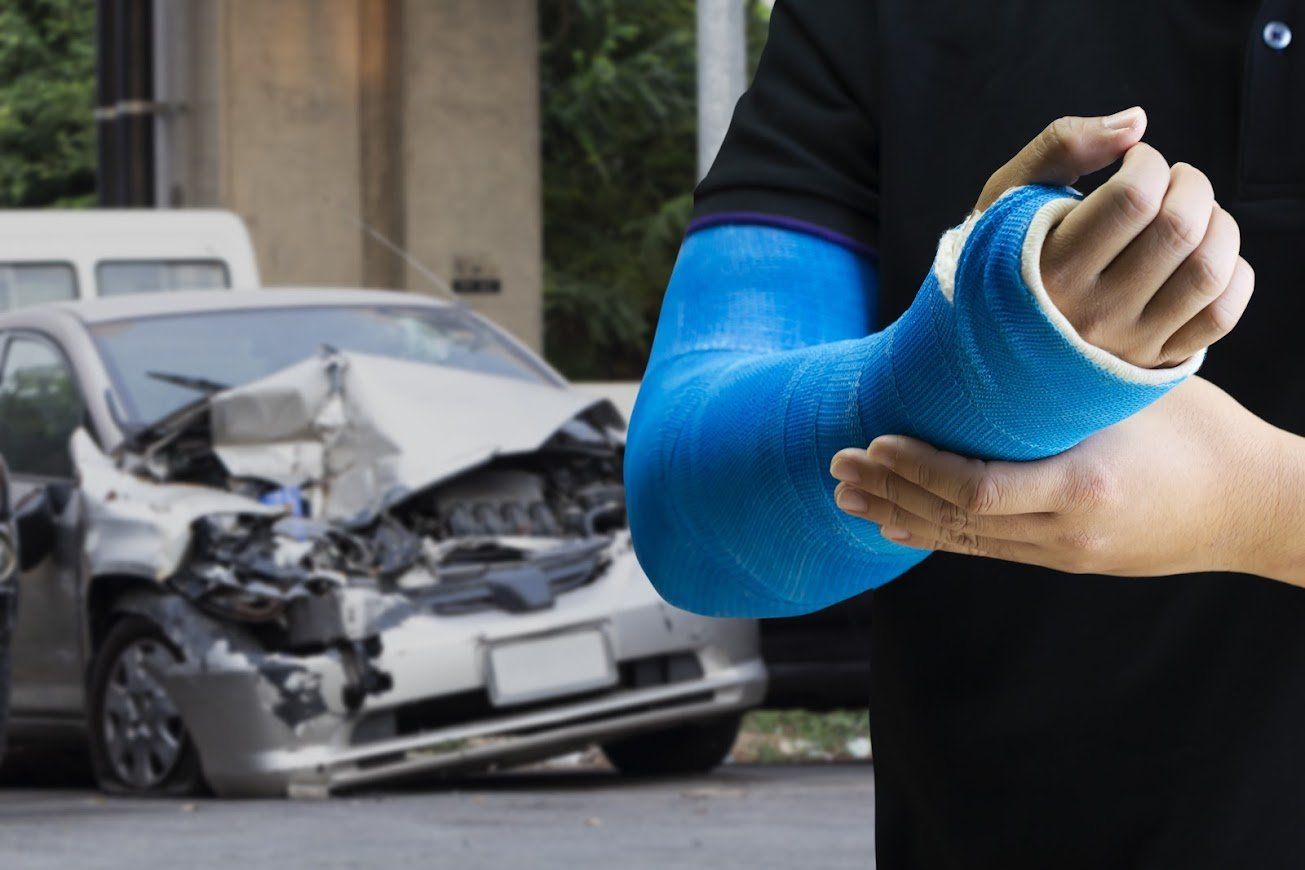Helping Folks in Savannah for Over 40 Years
Call to Speak With an Attorney | (912) 236-6161
5 Documents You Need for Your Personal Injury Claim
- By Boostability Team
- •
- 27 Sep, 2022

Though you deserve compensation for injuries caused by another person's negligence, you must prove that the person is at fault and that the injuries led to medical expenses, pain and suffering, loss of income, and many more.
Therefore, you should gather the required documents to support your claim. Below are some documents you may need for your personal injury case.
1. Medical Records
After an accident, the first thing you should do is seek medical attention. Ask for copies of all medical documents after treatment, as they prove the existence of an injury and its severity. Without the right documents, you cannot prove that the defendant's negligence led to your injuries.
You also need medical documents to prove that you had no health issues related to your injuries before the accident. Similarly, if you had a pre-existing condition, you can use medical documents to prove that the accident caused the injuries, not your prior health issues.
Crucial medical documents in a personal injury claim include doctors' diagnoses, medical bills, doctors' notes, X-ray and CT scans, and many more.
2. Police Report
3. Treatment Journal
4. Witness Statements
Important witnesses in a personal injury case include eyewitnesses and familiar witnesses. Eyewitnesses are the people present at the time of the accident, while familiar witnesses are the people who witness your emotional and physical suffering due to your injuries.
Statements given by witnesses can validate your injuries and prove that the defendant is at fault. Therefore, your attorney should gather enough statements from all types of witnesses to put the defendant in a position where they cannot deny responsibility for your injuries. You may also need expert witnesses if some aspects of your case require expert opinion.
5. Photos Evidence
Any photo evidence can offer more details of the scene than written reports. For example, due to the confusion at the accident scene, you may leave out some details in your victim report, but photos will capture everything.
Take photos of the vehicles involved in the accident, skid marks, and the exact position of the vehicles after the accidents. Additionally, take photos of the visible injuries immediately after the accident and continue taking photos of the recovery process. If you prefer hard copies, remember to include details of when the photo was taken and who took it.
If you plan to file a personal injury claim, you must have all the relevant documents to support your case. Without the above documents, you may experience difficulties proving that the defendant is at fault and that you deserve compensation for the resulting damages.
At Jones, Boykin & Associates, P.C., we boast a strong team of experienced attorneys who have helped numerous clients win their personal injury cases. Contact us today to schedule a consultation.
CONTACT INFORMATION
Email: jbsalaw@comcast.net
Address: 213 E 38th St., Savannah, GA 31401
Hours of Operation:
| Mon-Fri | 9:00 AM - 5:00 PM |
| Sat-Sun | Closed |
| Call for an Appointment! | |
OUR LOCATION
BROWSE OUR WEBSITE
CONTACT INFORMATION
Email: jbsalaw@comcast.net
Address: 213 E 38th St., Savannah, GA 31401
Hours of Operation:
| Mon-Fri | 9:00 AM - 5:00 PM |
| Sat-Sun | Closed |
| Call for an Appointment! | |